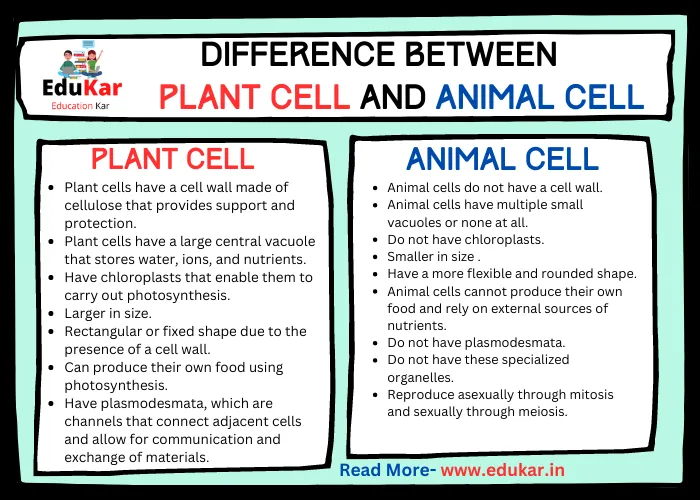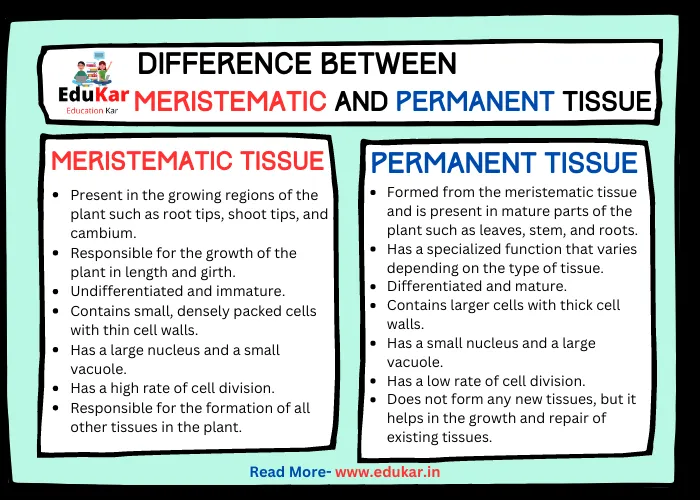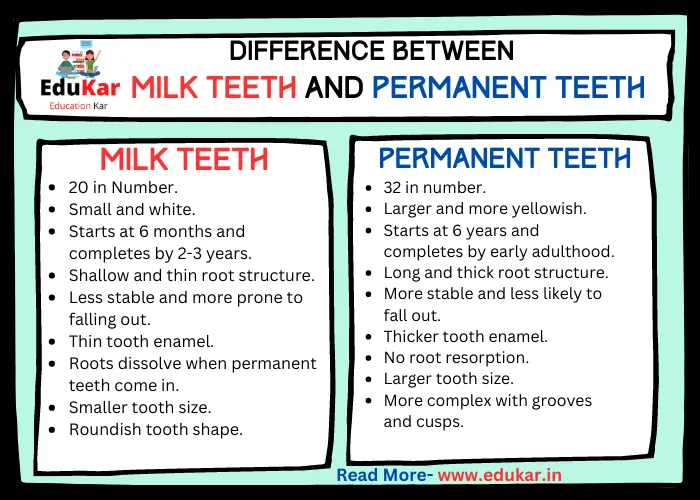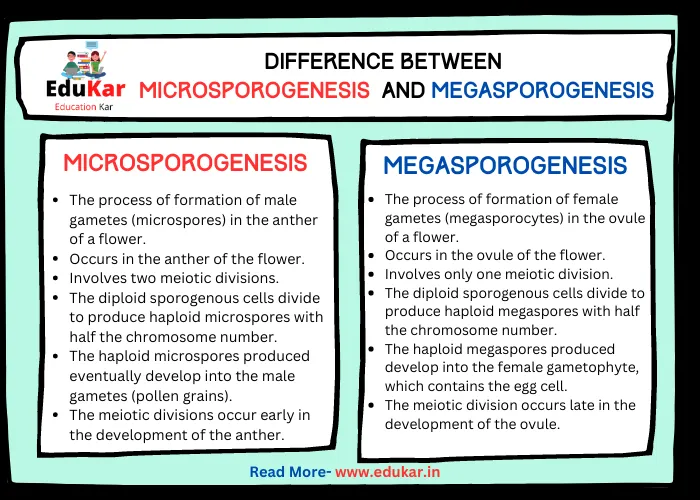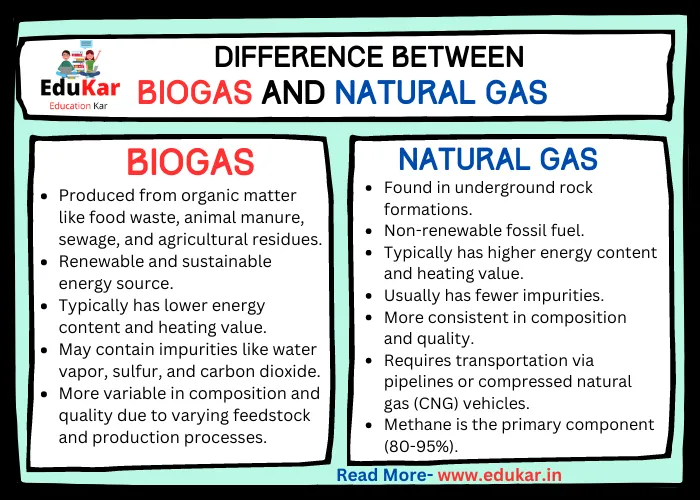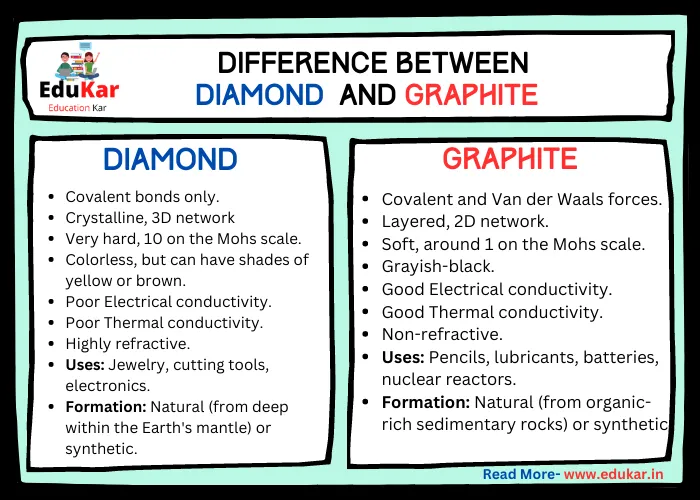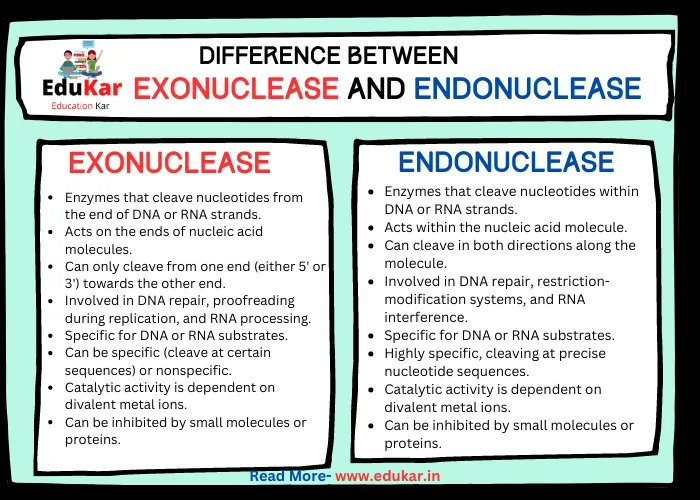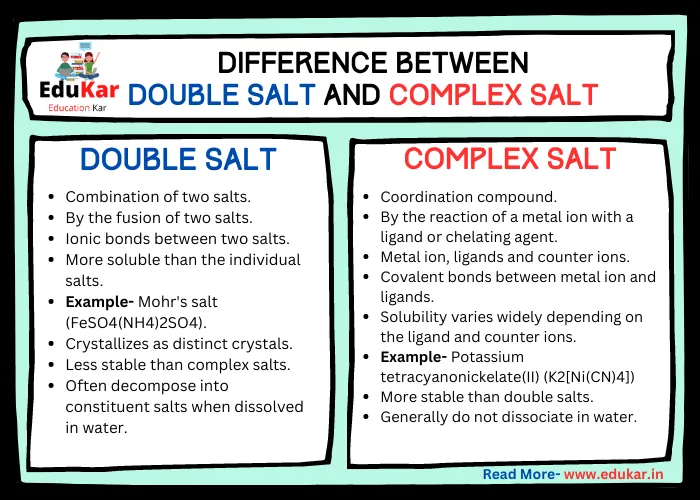Contents
- 1 Introduction
- 2 Plasma Membrane
- 3 Cell Wall
- 4 Differences Between Plasma Membrane and Cell Wall
- 5 Conclusion
- 6 Important FAQs for Exams
- 6.1 What is the plasma membrane?
- 6.2 What is the cell wall?
- 6.3 What is the main difference between the plasma membrane and the cell wall?
- 6.4 Are plasma membranes found in all types of cells?
- 6.5 Are cell walls found in all types of cells?
- 6.6 Can the plasma membrane and the cell wall be found in the same cell?
- 6.7 Can the plasma membrane and the cell wall be easily distinguished?
- 6.8 What is the function of the plasma membrane?
- 6.9 What is the function of the cell wall?
- 6.10 Can the plasma membrane and the cell wall be selectively permeable?
This blog explores the differences between the plasma membrane and cell wall, two essential structures found in many types of cells. Discover how they differ in terms of structure, composition, and function, and gain a better understanding of how cells are protected from their environment.
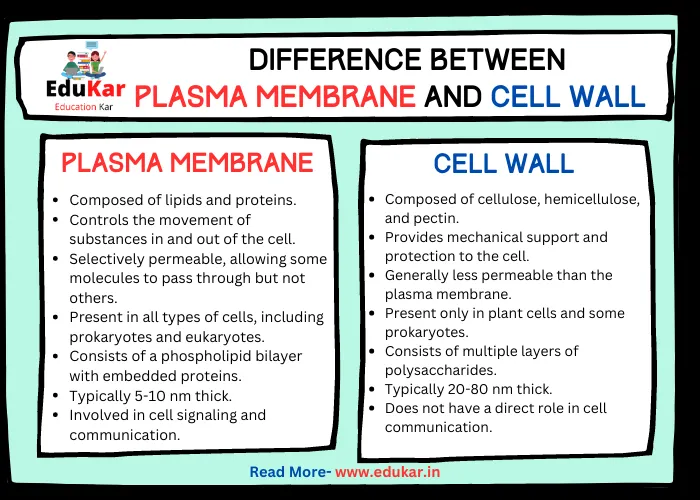
Introduction
The plasma membrane and cell wall are two essential structures found in many types of cells. They serve to protect the cell and provide a barrier between the cell and its environment. However, while both structures share some similarities, they also have significant differences.
Plasma Membrane
The plasma membrane is a thin, flexible layer that surrounds the cell. Its primary function is to regulate the movement of molecules in and out of the cell. It is made up of a phospholipid bilayer with embedded proteins that provide channels for the transport of ions and other molecules.
Structure and Composition
The plasma membrane is made up of a phospholipid bilayer consisting of two layers of phospholipids with hydrophobic tails facing inward and hydrophilic heads facing outward. The hydrophobic tails are nonpolar, which means they do not interact with water, while the hydrophilic heads interact with water. The membrane also contains embedded proteins that provide channels for the transport of molecules across the membrane.
Examples of Organisms with Plasma Membrane
The plasma membrane is found in all types of cells, including animal, plant, and bacterial cells.
Cell Wall
The cell wall is a rigid structure that surrounds the plasma membrane of plant, bacterial, and fungal cells. Its primary function is to provide support and protection to the cell. The cell wall is made up of a complex network of polysaccharides, proteins, and other organic compounds.
Structure and Composition
The composition of the cell wall varies depending on the type of organism. In plants, the cell wall is made up of cellulose, hemicellulose, and lignin. In bacteria, the cell wall is made up of peptidoglycan, while in fungi, it is made up of chitin. The cell wall is often multilayered, with each layer contributing to the strength and rigidity of the structure.
Examples of Organisms with Cell Wall
The cell wall is found in plant, bacterial, and fungal cells.
Differences Between Plasma Membrane and Cell Wall
| Property | Plasma Membrane | Cell Wall |
|---|---|---|
| Composition | Composed of lipids and proteins | Composed of cellulose, hemicellulose, and pectin |
| Function | Controls the movement of substances in and out of the cell | Provides mechanical support and protection to the cell |
| Permeability | Selectively permeable, allowing some molecules to pass through but not others | Generally less permeable than the plasma membrane |
| Location | Present in all types of cells, including prokaryotes and eukaryotes | Present only in plant cells and some prokaryotes |
| Structure | Consists of a phospholipid bilayer with embedded proteins | Consists of multiple layers of polysaccharides |
| Thickness | Typically 5-10 nm thick | Typically 20-80 nm thick |
| Communication | Involved in cell signaling and communication | Does not have a direct role in cell communication |
| Flexibility | Flexible and can change shape | Rigid and maintains a fixed shape |
| Growth and Repair | Plasma membrane can repair and regenerate itself | Cell wall cannot repair or regenerate itself |
| Resistance | Susceptible to damage from some chemicals and environmental factors | Resistant to damage from many environmental factors |
Differences Between Plasma Membrane and Cell Wall in Points:
1. Composition: The plasma membrane is composed of a lipid bilayer with embedded proteins, whereas the cell wall is composed of various materials such as cellulose, chitin, or peptidoglycan depending on the organism.
2. Function: The plasma membrane regulates the passage of substances in and out of the cell, whereas the cell wall provides structural support and protection to the cell.
3. Permeability: The plasma membrane is selectively permeable, meaning it only allows certain molecules to pass through, whereas the cell wall is generally not permeable to most molecules.
4. Flexibility: The plasma membrane is a flexible structure that can change shape and move, whereas the cell wall is a rigid structure that maintains the shape of the cell.
5. Presence in organisms: The plasma membrane is found in all types of cells, including prokaryotes and eukaryotes, whereas the cell wall is only found in some types of cells, such as plant cells, fungal cells, and bacterial cells.
6. Maintenance: The plasma membrane requires energy to maintain its structure and function, whereas the cell wall does not require energy for maintenance.
Conclusion
The plasma membrane and cell wall are both vital structures found in cells, but they have distinct differences in their composition, function, permeability, flexibility, and presence in organisms. The plasma membrane is a selectively permeable and flexible structure that regulates the passage of substances in and out of the cell, while the cell wall is a rigid structure that provides structural support and protection to the cell.
Understanding the differences between these two structures is important in biology, as it can help researchers understand how cells function and how they can be manipulated for various applications, such as drug delivery or genetic engineering.
Ultimately, the plasma membrane and cell wall are both essential for the survival and functioning of cells, and their unique properties contribute to the diverse array of life on Earth.
Important FAQs for Exams
What is the plasma membrane?
The plasma membrane, also known as the cell membrane, is a thin, semi-permeable layer that surrounds and encloses the contents of a cell. It is made up of a double layer of phospholipid molecules and various proteins and lipids that help to maintain its structure and function.
What is the cell wall?
The cell wall is a rigid outer layer that surrounds the plasma membrane of plant, fungal, and bacterial cells. It is primarily composed of cellulose in plants, chitin in fungi, and peptidoglycan in bacteria.
What is the main difference between the plasma membrane and the cell wall?
The main difference between the plasma membrane and the cell wall is their composition and function. The plasma membrane is a flexible, semi-permeable membrane that regulates the movement of molecules in and out of the cell, while the cell wall is a rigid outer layer that provides support and protection to the cell.
Are plasma membranes found in all types of cells?
Yes, plasma membranes are found in all types of cells, including animal, plant, and bacterial cells.
Are cell walls found in all types of cells?
No, cell walls are only found in plant, fungal, and bacterial cells. Animal cells do not have cell walls.
Can the plasma membrane and the cell wall be found in the same cell?
Yes, in plant and bacterial cells, both the plasma membrane and the cell wall are present. The plasma membrane is located inside the cell wall.
Can the plasma membrane and the cell wall be easily distinguished?
Yes, the plasma membrane is a thin, flexible layer that is usually located directly beneath the cell wall in plant and bacterial cells. The cell wall is a thick, rigid layer that is easily visible under a microscope and can be stained with specific dyes.
What is the function of the plasma membrane?
The plasma membrane regulates the movement of molecules in and out of the cell, maintains the cell’s shape and integrity, and plays a key role in cell signaling and communication.
What is the function of the cell wall?
The cell wall provides structural support and protection to the cell, maintains its shape, and prevents it from bursting or collapsing under changing environmental conditions.
Can the plasma membrane and the cell wall be selectively permeable?
Yes, both the plasma membrane and the cell wall can be selectively permeable. The plasma membrane regulates the movement of molecules in and out of the cell, while the cell wall determines which molecules can pass through its pores and channels.

